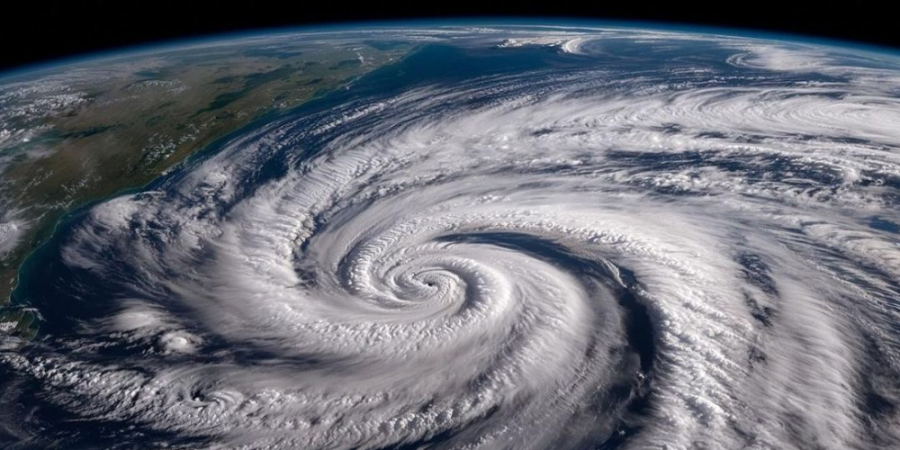As snow storms completely engulfed Europe last week, the temperatures in much of the continent plunged below -43 degrees Fahrenheit, making countries like Norway colder than the North Pole. The erratic weather patterns being observed in different parts of the world are raising concerns among climate change scientists that the effects of global warming are quickly leading the planet and our species towards destruction.
Temperatures Reach Record Low in Europe
Last week, ‘the beast from the East’ covered most of Europe in a thick blanket of snow prompting school and business closures across the continent. In Rome, it snowed for the first time in six years whereas some regions of Norway reported record-breaking temperatures. World Meteorological Organization has predicted that the sudden cold spell which has plunged the continent in subfreezing temperatures is expected to last for the next few weeks.
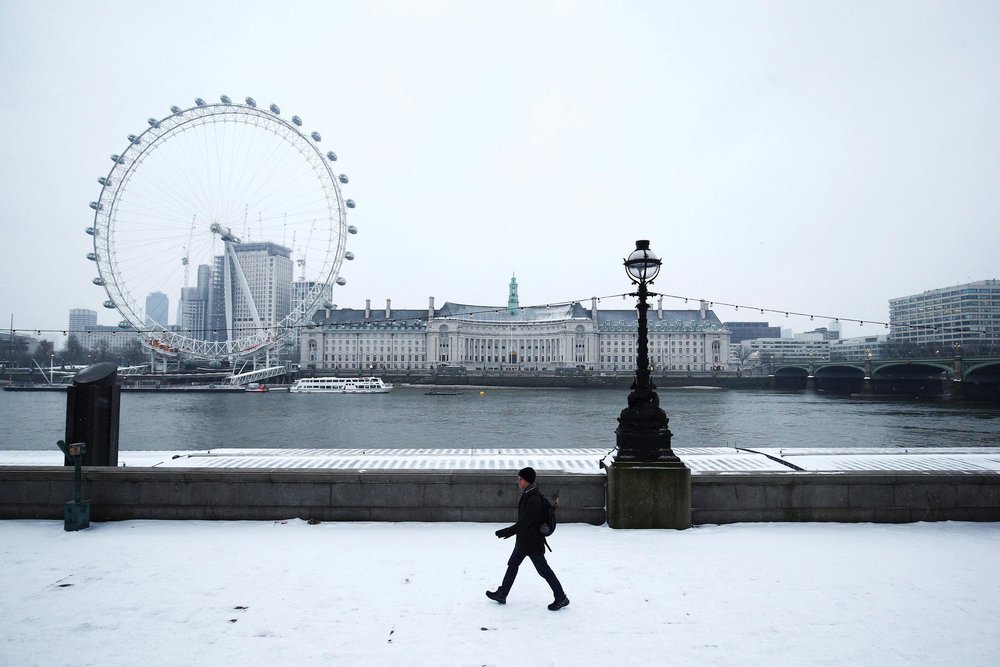
London, UK, Mar. 2018
It’s not just that Europe has suddenly become colder than the North Pole, the North Pole itself has been getting warmer lately with its temperatures rising above freezing point in the dead of winter. Even though there isn’t a direct method of measuring arctic temperatures, data reports from various satellites show that the North Pole was above 2 degrees Celsius last week – which is almost 50 degrees higher than normal temperatures, and 78 degrees higher than the temperatures in Norway itself.
Erratic Weather Patterns in the Arctic and Europe
Now scientists are trying to see if there is any link between the melting ice in the Artic region and the record-breaking temperatures in Europe – and whether any of the recent weather occurrences has anything to do with climate change.
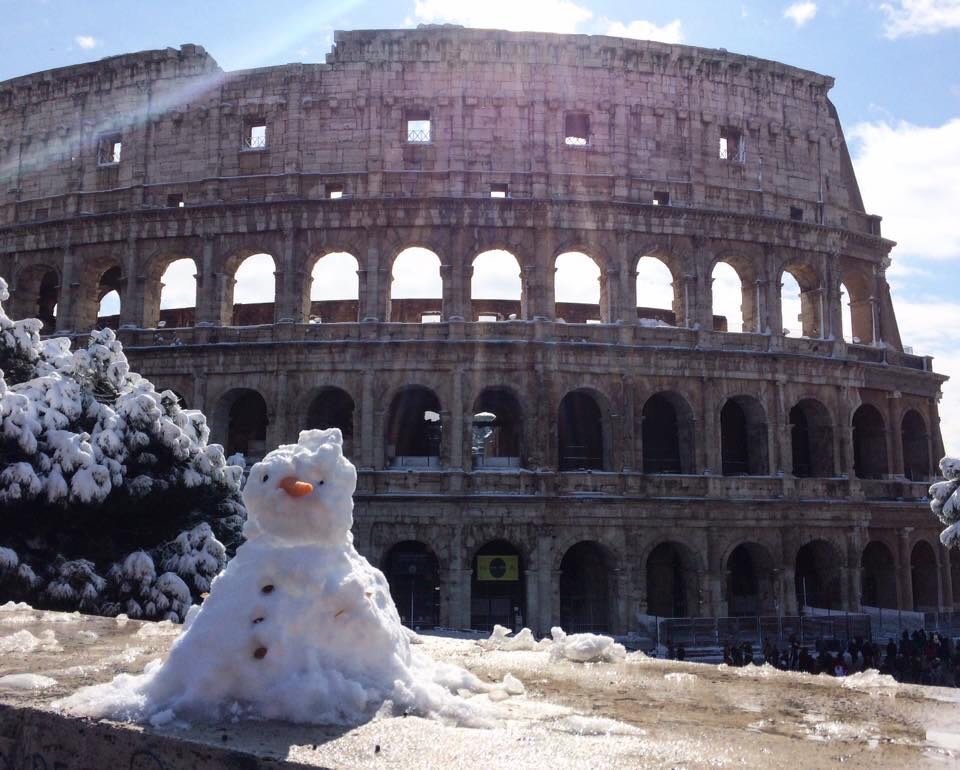
Less than two weeks ago, tourists were able to build a snowman near Rome’s Colisseum
Judah Cohen, a climatologist and seasonal forecasting director at a weather assessment firm called Atmospheric and Environmental Research, says that there could definitely be correlation between the recent chain of climatic events in Europe.
In 2017, Cohen led a research which investigated the link between increasing temperature in the Arctic region and sudden cold spells in the area known as ‘polar vortex’ – a low-pressure area lying over the Arctic. Under normal circumstances, the polar vortex acts like a dam which locks cold air in the Arctic region and prevents it from escaping into the rest of the Northern Hemisphere. But once the walls of the dam break, the cold air escapes into the surrounding regions, making the temperatures in the Arctic climb.
These sudden bursts of cold in the Northern Hemisphere due to malfunctioning in the polar vortex have occurred in the past but scientists are fearful that the climate change in the polar regions could be weakening the polar vortex.
The Weakening Polar Vortex
Cohen believes that the weakening polar vortex is the result of the melting ice in the Arctic which is creating high pressure patterns close to the northern part of Russia. This high pressure counteracts the low pressure in the polar vortex and throws it out of balance, causing the cold air to leak into the Northern Hemisphere.
However, not all climate-change scientists agree that the global warning is the definitive cause for the weakening polar vortex, and more research needs to be conducted on the subject before reaching a scientific consensus.
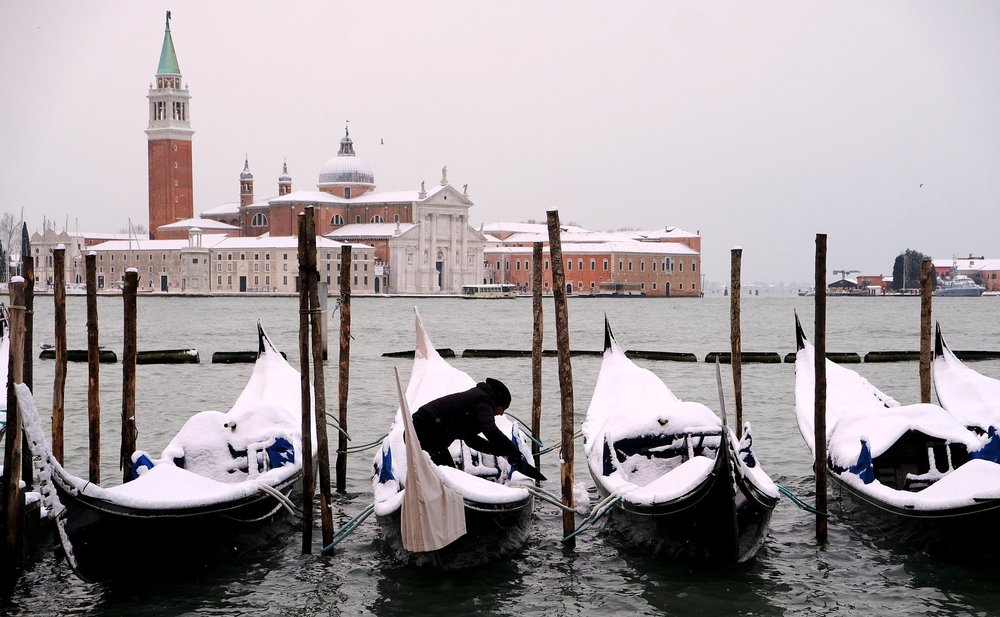
Venice, Italy, Feb. 2018
The weakening polar vortex is allowing the cold wind to escape from the Arctic and head down south. Dr. Cohen says that this explains what happened in December and January when the United States reported some of the lowest temperatures in the northeast, but other researchers who conducted the weather analysis weren’t so sure of the theory.
Now that a sudden cold spell has crept up on Europe, Dr. Cohen believes that the polar vortex didn’t just weaken, it actually broke into two pieces. While one piece earned the name ‘beast from the east’ plunging western Europe into subfreezing temperatures, the other piece traveled to North America, leading to a sudden drop in temperature after a warm period.
Why is the Arctic Getting Warmer?
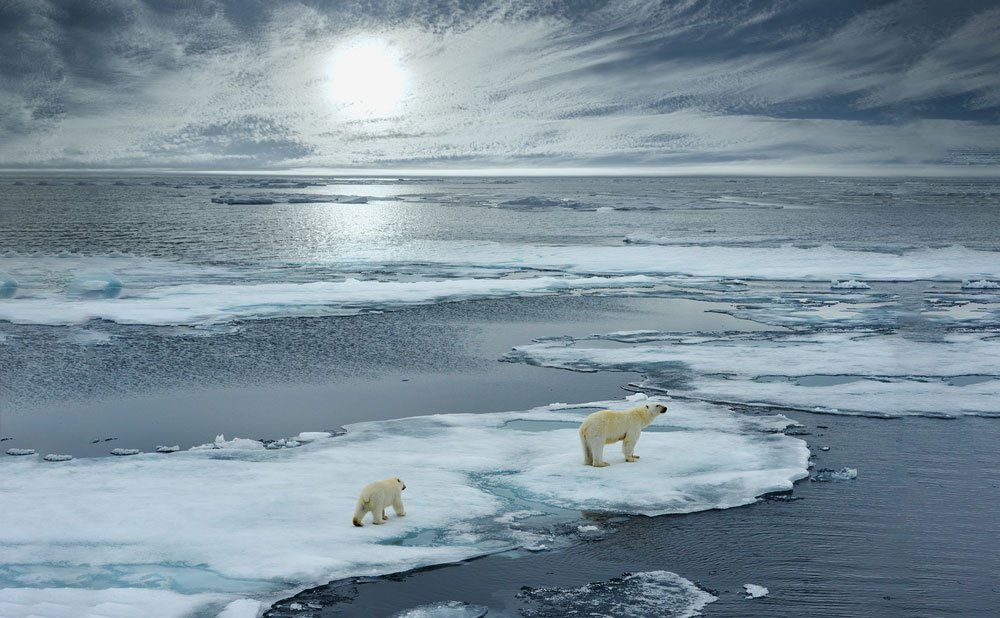
Dr. Cohen says that the Arctic is like a refrigerator which stays cool as long as the seal on the remains intact.
Once the seal breaks or you leave the door open for too long, most of the cold air escapes into the surroundings, while the warm air flows from the surroundings into the fridge, making the temperature rise inside. This is exactly what is happening in the melting arctic now that the seal of the polar vortex has been broken.






